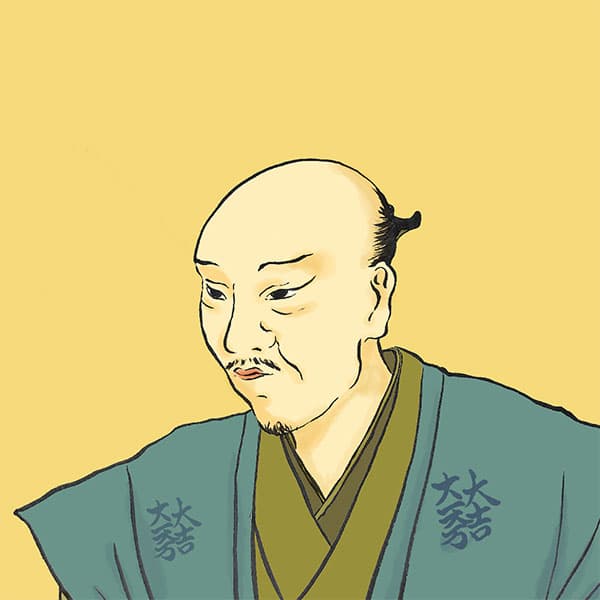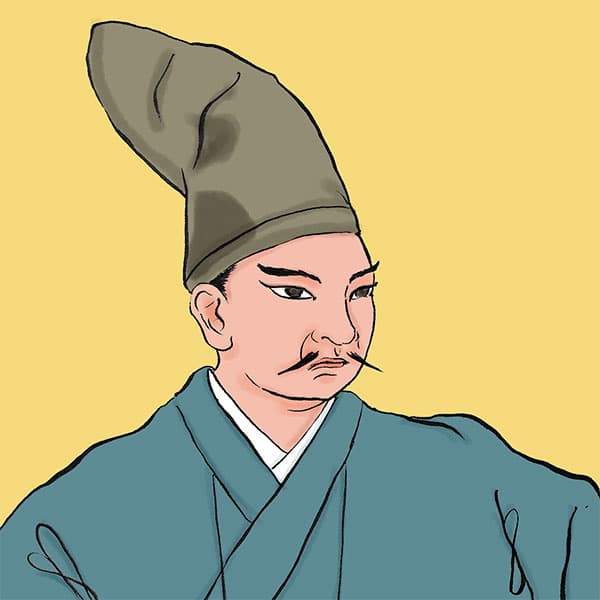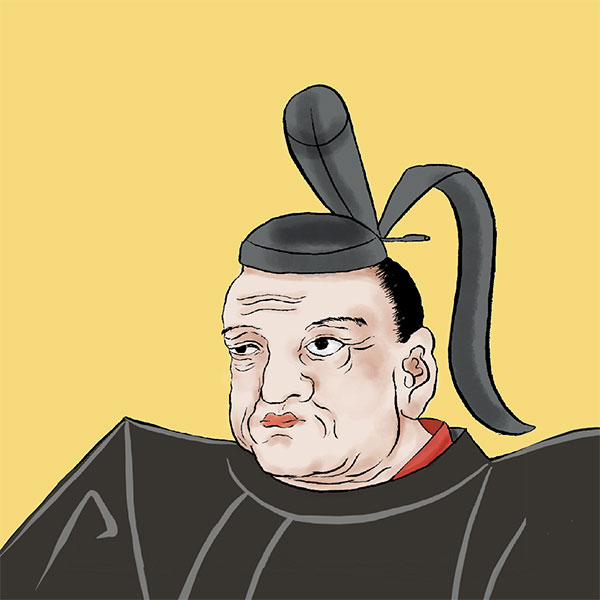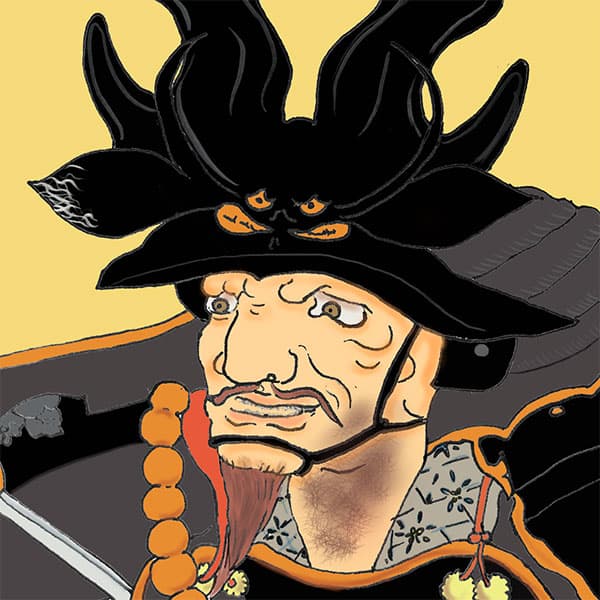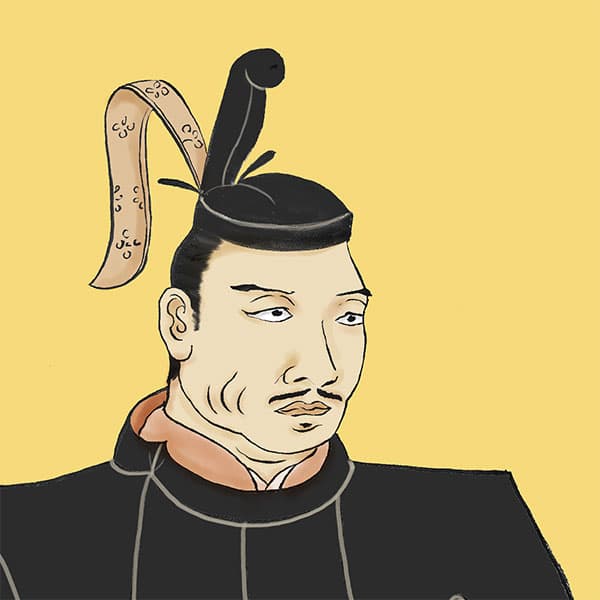Keicho Dewa Battle (2/2)Another Sekigahara! “Keicho Dewa Battle” ~Kagekatsu Uesugi VS Yoshimitsu Mogami/Masamune Date
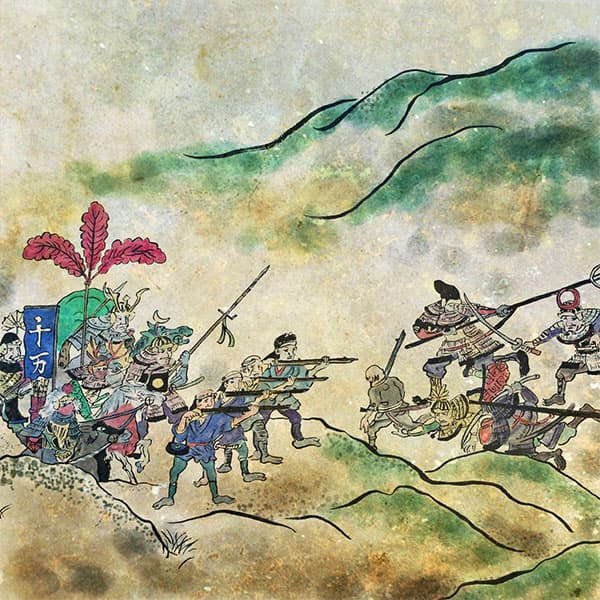
Keicho Dewa Battle
- Article category
- case file
- Incident name
- Keicho Dewa Battle (1600)
- place
- Yamagata Prefecture
- Related castles, temples and shrines

Yonezawa Castle

Yamagata Castle

Tsuruga Castle
- people involved
Then, on September 8, Keicho 5, the Uesugi army began an invasion of Mogami territory. Kagekatsu Naoe led the Uesugi army that departed from Yonezawa with a plan to divide its troops into two areas, Yonezawa and Shonai, and attack the Mogami territory. On September 12th, Hatayama Castle was besieged, and as a result of a fierce battle, it fell on the 13th.
On the other hand, the top army adopts a strategy of concentrating its small number of troops in its base castle. The idea was to protect important bases even if we had to abandon some castles.
Keicho Dewa Battle ② Battle over Hasedo Castle
Uesugi's army advances, capturing the uppermost castles one after another. On September 14th, Uesugimoto's army besieged Hasedo Castle. Hasedo Castle is a mountain castle located approximately 8 km from Yamagata Castle, where Yoshimitsu Mogami was imprisoned, and was an important base for defense.
Hasedo Castle is built on an independent peak, so it has a great view from the castle. It is easy to get lost in the Fukada area surrounding the mountain, and the road to the main fort at the top is lined with water moats, earthworks, and tiger mouths, and the Honzawa River flowing nearby acts like a natural outer moat. It was a difficult castle to attack. 1,000 people led by Mitsuyasu Shimura were desperately trying to protect the castle.
Then, on September 15th, the Uesugi army of 18,000 men led by Kanetsugu Naoe began to attack the castle, but the Mogami army put up a desperate resistance. Coincidentally, this day was the day of the Battle of Sekigahara. At this point, the western army led by Ishida Mitsunari had been defeated by the eastern army led by Tokugawa Ieyasu, but the information had not yet reached the Tohoku region, so the war continued.
On September 16th, Mitsuyasu launched a night attack on the Uesugi army with about 200 members of the Kessatsu-tai, and was successful in killing about 250 people. Hidetsuna Sakenobu was active at this time. He launched an attack that was approaching the Uesugi main camp, and Kanetsugu praised him, saying, ``Sakenobu's bravery is unmatched even by Shingen and Kenshin,'' even though he was an enemy. After that, the Uesugi army continued to attack Hasedo Castle, but the gun corps led by Mitsuyasu desperately defended it, and continued to besiege the castle without taking advantage of the Uesugi army's provocations.
Keicho Dewa Battle ③ Yoshimitsu Mogami requests reinforcements from Date Masamune
What was Yoshimitsu Mogami doing during the battle of Hasedo Castle? On September 15th, Yoshimitsu sent a messenger to Date Masamune to request reinforcements. Masamune's mother, Yoshihime, was Yoshimitsu's younger sister, so Yoshimitsu and Masamune had an uncle-nephew relationship. The Date family and the Mogami family had a history of being enemies and allies, but since they had a key person, Yoshihime, there was a good chance that reinforcements would come.
Masamune, on the other hand, is unsure whether to send reinforcements or not. ``We have just made peace with the Uesugi family.However, we are also supposed to cooperate with Ieyasu.'' In the ``Date Haruie Records'' compiled nearly 80 years later during the Genroku period, one of his subordinates, Kagetsuna Katakura, said, ``Wouldn't it be better if Uesugi ignored the reinforcements and attacked Mogami, and then Date took it?'' There is an episode in which Masamune responded, ``I will send reinforcements to respond to Ieyasu and to save Yoshihime who is in Yamagata Castle.''
It is not certain whether such a conversation took place, but as a result of Yoshihime's urging, Masamune decided to send 3,000 reinforcements led by Date Masakage. However, reinforcements were slow to arrive, and Yoshihime reportedly sent an angry letter saying, ``Come quickly!'' The slow arrival of reinforcements may be evidence that Masamune was in doubt.
On September 21st, reinforcements finally arrived for the Mogami Army. Yoshimitsu also departs from Yamagata Castle and prepares for battle. After that, a stalemate continued for a while, but on September 29th, the Uesugi army launched an all-out attack on the Mogami army, resulting in many deaths on both sides. On this day (also the following day, September 30), news finally reached the Uesugi army that the Western army led by Ishida Mitsunari had been defeated at the Battle of Sekigahara.
Keicho Dewa Gassen ④ Mitsunari Ishida defeated! The Uesugi army hastily retreated.
The Western army lost. When Kanetsugu Naoe found out about this, he became very anxious. Nothing good will come from attacking Tokugawa Ieyasu's Mogami Yoshimitsu any further. If he gained the territory of the Mogami family and incurred the wrath of Ieyasu, it would be the end. Kanetsugu briefly considered committing suicide, but after being reprimanded by Keiji Maeda, he decided to retreat.
On September 30th, information about the defeat of the Western army was transmitted to the Mogami and Date armies. After a desperate siege, the eastern army was overjoyed with the victory and morale rose. On October 1, when Yoshimitsu Mogami saw that the Uesugi army began to retreat to Yonezawa, he personally commanded the army and began pursuing it. The Date army also followed. At this point, the current offense and defense will be reversed.
The evacuation battle was fierce and many people died. According to information from the Mogami Army, 1,580 people died in the Uesugi Army and 623 people died in the Mogami Army. Kanetsugu, as a lord, tried to get his soldiers to escape, and made full use of his gun corps to stop the pursuit, causing great hardship to the Mogami Army. At this time, Yoshimitsu's helmet was also hit by a gun ball. On October 4, Kanetsugu managed to return to Yonezawa Castle, although some of his allies were unable to retreat.
Afterwards, Yoshimitsu gained momentum and attacked the Shonai region, which was his former territory, and recaptured the entire Shonai region from the Uesugi family. Date Masamune also attacked the former Date territory within the Uesugi territory, but was unable to attack and was only able to recover 20,000 koku of Katta district in Mutsu province.
Thus, the Keicho Dewa Battle came to an end. In the end, the battle ended with a victory for the Mogami and Date forces, but it's very interesting to see how the battle could change dramatically with just one piece of information.
Tohoku region after the Keicho Dewa Battle
Tokugawa Ieyasu highly praised Mogami Yoshimitsu's performance in the Keicho Dewa Battle. After the Battle of Sekigahara, when the award was given for meritorious service, Yoshimitsu was given the Shonai region, which greatly increased the number of awards. As a result, the Mogami family rose to become a feudal lord with a wealth of 570,000 koku, ruling all of present-day Yamagata Prefecture and southern Akita Prefecture.
As for Date Masamune, he earned 20,000 koku and ended up with 600,000 koku. Although he had the "endorsement of a million countries," he had made peace with the Uesugi family, and Masamune was the mastermind behind the "Iwasaki Uprising" by Tadachika Waga that occurred in the territory of the Nanbu clan on the Tokugawa side during the Keicho Dewa Battle. Ieyasu became suspicious of Ieyasu, and all his hopes for a reward were rejected.
On the other hand, the losing Uesugi family, Kagekatsu Uesugi and Kanetsugu Naoe, went to Kyoto and apologized to Ieyasu. Ieyasu accepted this and did not go so far as to destroy the Uesugi family. The Uesugi family's wealth was reduced from 1.2 million koku to 300,000 koku, and the country was moved from Aizu to Yonezawa.
Since his territory had been reduced to a quarter, some of his vassals suggested that he reduce the number of his subordinates, or so-called restructuring, but Kanetsugu took everyone to Yonezawa. He then worked on domestic affairs such as new field development, flood control projects, and castle town maintenance, and laid the foundation for the development of the Yonezawa clan.
However, since there was clearly a surplus of samurai, the Yonezawa clan spent much of the Edo period as the poorest clan in Japan. In the late Edo period, the Yonezawa clan's finances were finally able to be reorganized by Yozan Uesugi, who was famous for his ``whatever you do'' attitude.
Reread the article on the Keicho Dewa Battle
- people involved

- WriterNaoko Kurimoto(Writer)I am a former travel industry magazine reporter. I have loved history, both Japanese and world history, since I was a child. I usually enjoy visiting temples and shrines, especially shrines, and often do ``pilgrimages to sacred places'' themed around historical figures. My favorite military commander is Ishida Mitsunari, my favorite castle is Kumamoto Castle, and my favorite castle ruins is Hagi Castle. My heart flutters when I see the ruins of battle castles and the stone walls of castle ruins.





